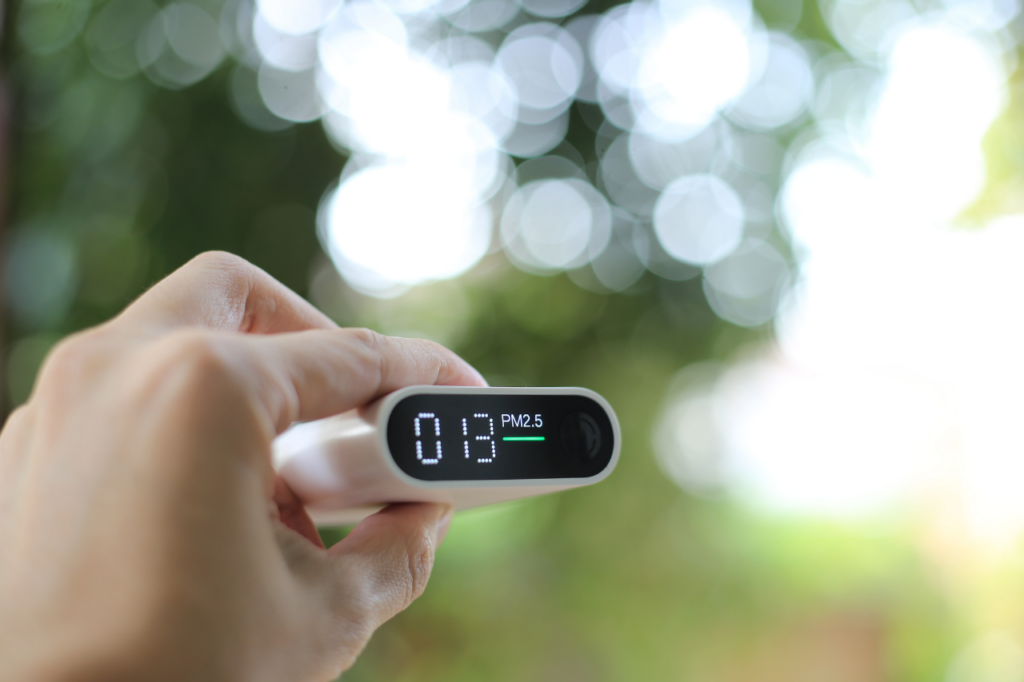Indoor air quality has always been significant, even before Covid-19. Still, since schools are starting to go back to face-to-face classes, school admins are now more serious about finding effective ways to improve air quality in schools. With that being said, the benefits of good indoor air quality extend beyond Covid-19.
Air pollution is a global concern, even though people do not really pay much attention to it. But if you are running a school, you need to prioritize IAQ. Doing nothing about bad indoor air quality only puts the children’s health at risk, especially if the school is located in a rural area.
This article will discuss the different ways to improve IAQ and discover the harmful effects of bad indoor air quality for students, teachers, and school staff.
Here are some ways to improve air quality in schools and the changes you can make to decrease air pollutants in your school:
1. Air Purifiers

A lot of different types of air purifiers are available in the market. Most of the air purifiers available today contain HEPA (High-Efficiency Particulate Air) filters. These filters let the air to flow through an ultra-fine mesh that traps air pollutants.
It is essential to make sure that your air purifier contains filters that can sift the tiniest particles, which will drastically help to improve the air quality in schools. These microscopic air pollutants can cause lung irritation and are more dangerous to individuals who suffer from allergies or asthma.
While there are a lot of air purifiers available, you might want to learn more about their Clean Air Delivery Rate, which also measures the efficiency of the air purifier. Larger purifiers have higher CADR compared to smaller ones. This is why it is essential to consider the room size before purchasing a purifier.
However, just because you have a purifier doesn’t mean that the air circulating inside the classroom is clean. A room full of people is prone to co2 build-up, and if that happens, oxygen wouldn’t be enough for everyone. This is why installing ventilation systems is highly recommended.
2. Whiteboards Over Chalkboards
A lot of schools have opted to use whiteboards over chalkboards these days, primarily because they are a cleaner option. Chalkdust can be suffocating when inhaled, especially to those who have asthma or allergies.
But some schools still use chalkboards because blackboards are still more accessible and cheaper than whiteboards. Moreover, there are still several people who are not aware of the dangers chalk dust can bring to children.
3. Ventilation Systems

Opening the doors and windows to allow air circulation through classrooms is the most common and simplest method of ventilation. But we only recommend this if you are sure that the outdoor air quality is also good. If your school is located in a busy area where air pollution and traffic are rampant, then we suggest you install ventilation systems that could help you improve school air quality.
Here are some other things you can do to improve ventilation in your school buildings:
- Refrain from turning off HVAC Systems.
- Increase the number of air exchanges per hour to allow fresh air to flow into closed areas.
- Increase the fresh air intake to 100%.
4. Weatherstripping
Weatherstripping is the process of sealing gaps on windows and doors to prevent air from leaking through the gaps. Sealing the rooms inside the school building can ensure that the amount of ventilation throughout the room is just enough. This can also prevent moisture from entering the room, which could cause mold. While there are many benefits from weatherstripping, it could also trap polluted air inside the room.
5. Remove Harmful Building Materials

If your school building is more than 30 years, then most likely, the building materials used for your building contain harmful substances like lead, asbestos, and formaldehyde. These dangerous chemicals are hard to detect because they do not have a distinct smell, but humans can easily absorb them.
6. Go Green
We all heard it before: plants and trees will save the planet. This is also true when it comes to improving the IAQ within your school building. Plants and trees produce oxygen while removing carbon dioxide, which is dangerous to us humans.
Adding more trees and plants is the best option but not the most practical one. But if you have enough space and resources, then do it. You’ll be improving the school air quality, but you can also save the planet. Talk about hitting two birds with one stone, right?
Final Words
Following these tips would really help to improve school air quality. But this will not be possible if you cannot identify the root source of air pollutants in your school building. Assessing the type of room your school has is essential as well. For example, you wouldn’t have to weatherstrip an air-tight room, but if the room has high co2 levels, you could use air purifiers and weatherstripping.

